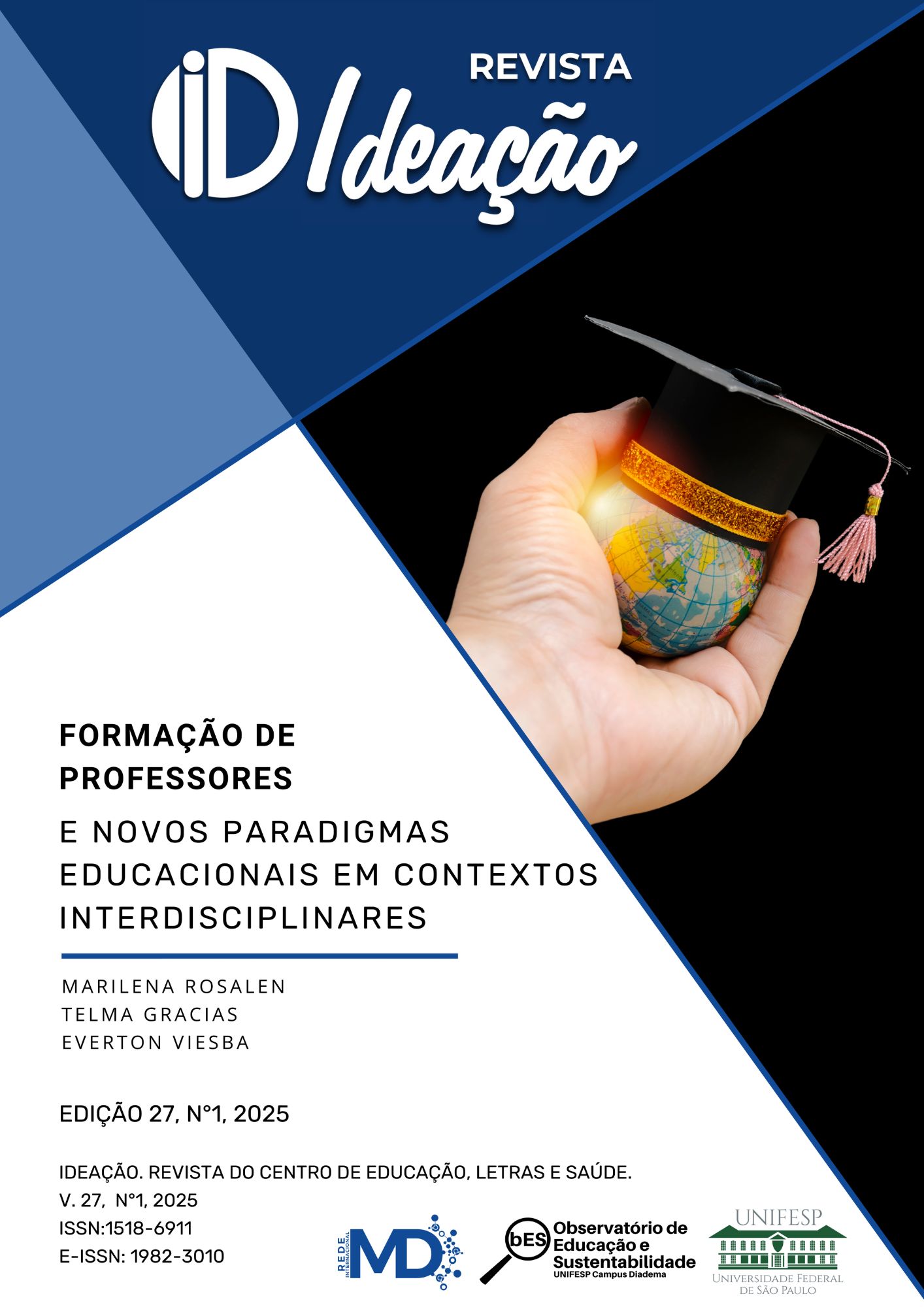AESTHETIC EDUCATION AND DEVELOPMENT OF NURSING TEACHERS IN NURSING TECHNICAL COURSES
LITERATURE REVIEW
DOI:
https://doi.org/10.48075/ri.v27i1.34793Keywords:
nursing teacher development, aesthetic dimension, teacher trainingAbstract
This is an ongoing research, that presents an analysis of the aesthetic dimension of the training and the development of the nursing teachers in technical courses in nursing. It is important to highlight the importance of integrating the technical training with the aesthetic development, considering the development of the subjects, that characterizes, in our understanding, the purpose of the quality training for the students of the technical course in nursing, who have their training under the direct guidance of the teaching nurse. The study was carried out through a literature review in the databases of the Scientific Electronic Library Online (SciELO), and CAPES Periodical Portal, in May 2024, with the search period being from 2019 to 2024. As a result, it was observed that the majority of the teaching nurses do not have a specific training for teaching, entering the education career abruptly, and concentrating the specialization courses in areas of professional practice, rather than pedagogy. The focus of this study is the development, for the teaching nurses, to expand their pedagogical repertoire, beyond the nursing performance in a hospital-centered manner. Regarding the aesthetic education and teaching in nursing courses, a shortage of articles, correlating the topic with the training of nursing teachers, was found. It is concluded that there is a gap in studies on the training of the nursing teachers, in the technical nursing courses, and their integration with the aesthetic education, justifying the continuation of this study.
Downloads
Published
How to Cite
Issue
Section
License
Copyright (c) 2025 Direitos partilhados conforme licença CC BY-NC-SA 4.0

This work is licensed under a Creative Commons Attribution-NonCommercial-ShareAlike 4.0 International License.
Authors who publish in this journal agree with the following terms:
1. Authors maintain copyright and grant the journal the right of first publication, with the work simultaneously licensed under the Creative Commons Attribution License that allows the sharing of the work with recognition of authorship and initial publication in this journal.
2. Authors are authorized to assume additional contracts separately, for non-exclusive distribution of the version of the work published in this journal (e.g., to publish in an institutional repository or as a book chapter), with acknowledgment of authorship and initial publication in this journal.
3. Authors are allowed and encouraged to publish and distribute their work online (e.g., in institutional repositories or as a personal page) at any point before or during the editorial process, as this may generate productive changes, as well as increase the impact and citation of the published work (See The Effect of Free Access).
Creative Commons License
This work is licensed under a Creative Commons Attribution-Noncommercial-ShareAlike 4.0 International License, which permits sharing, copying, distributing, displaying, reproducing, the whole or parts provided it has no commercial purpose and the authors and source are cited.


